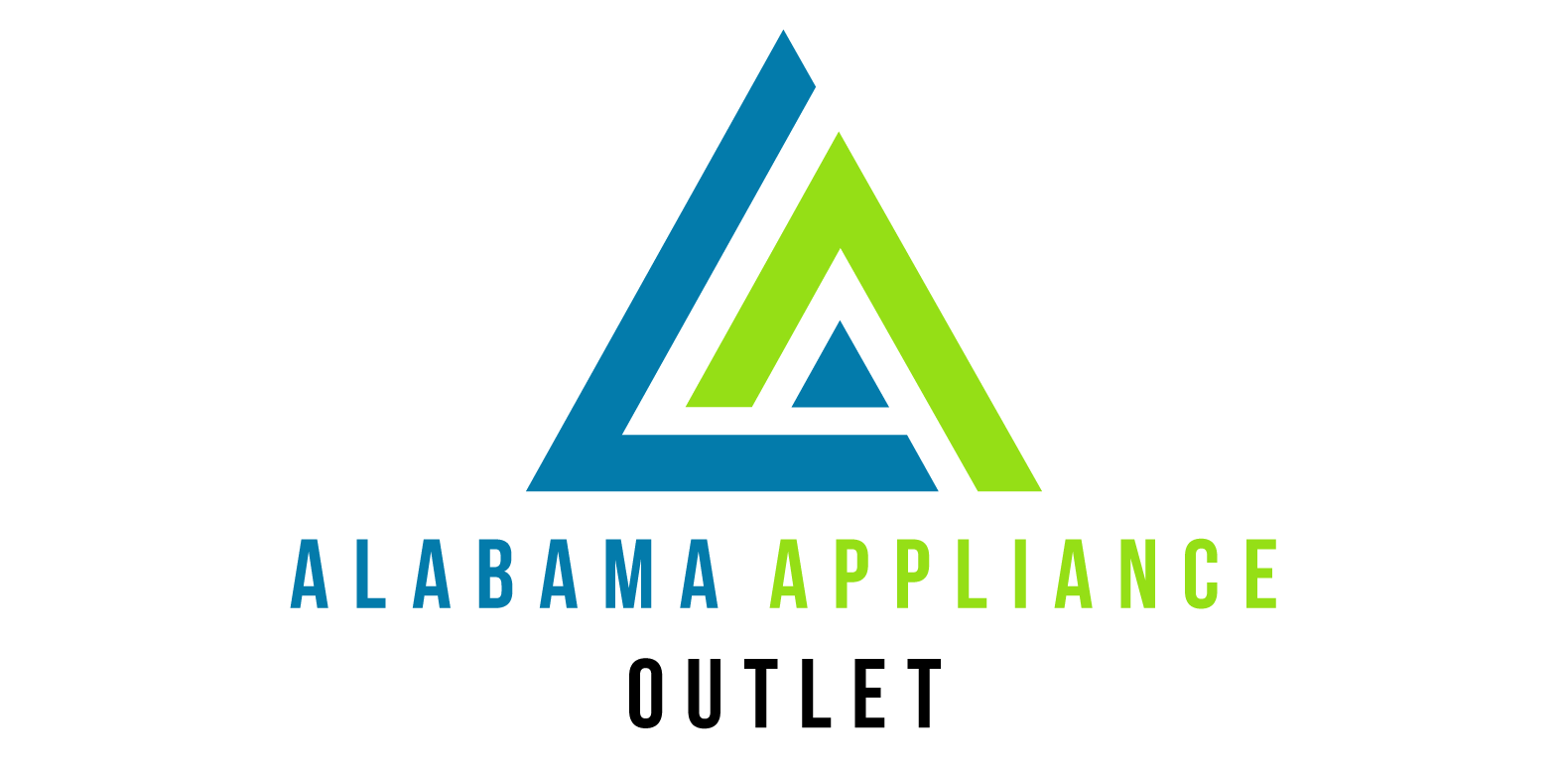The future of sustainable kitchen design
Sustainable kitchen design is becoming increasingly popular as people seek to reduce their environmental impact and create healthier living spaces. By incorporating eco-friendly materials, energy-efficient appliances, and clever design strategies, homeowners can not only reduce their carbon footprint but also save money in the long run. Here are some key trends and tips for designing a sustainable kitchen for the future.
1. Use eco-friendly materials
- Bamboo: Bamboo is a rapidly renewable resource that is durable and stylish, making it an excellent choice for kitchen cabinets and flooring.
- Recycled glass: Countertops made from recycled glass are not only beautiful but also environmentally friendly.
- Reclaimed wood: Using reclaimed wood for furniture and fixtures adds character to the kitchen while reducing the demand for new timber.
2. Opt for energy-efficient appliances
Energy-efficient appliances can significantly reduce electricity consumption in the kitchen. Look for appliances with the Energy Star label, which indicates that they meet strict energy efficiency guidelines set by the EPA.
3. Maximize natural light
Natural light not only enhances the aesthetic appeal of a kitchen but also helps reduce the need for artificial lighting. Consider installing skylights or larger windows to allow more sunlight to enter the space.
4. Incorporate smart technology
Smart technology, such as programmable thermostats and motion-sensor faucets, can help optimize energy use and reduce water waste in the kitchen. Investing in smart appliances can also make cooking and meal prep more convenient.
By following these sustainable kitchen design trends and tips, homeowners can create a kitchen that is not only beautiful and functional but also environmentally friendly. Making small changes in the kitchen can have a big impact on the planet and contribute to a greener future for all.

